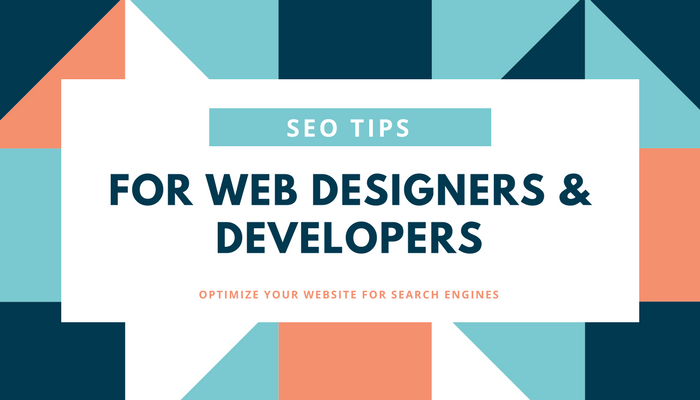
The design and development work on a website doesn’t end with setting it live. Having a clean, W3C-validated code and an eye-catching design will surely help you get on the railroad to success. Yet, if you’re looking into building a website that truly stands out from the rest and provides a high-end user experience there are several points of consideration you need to take care of.
Contrary to some popular beliefs, search engine optimization includes a wide spectrum of key processes that go beyond keyword targeting, link building, and raw data analysis. SEO is all about user experience that includes a user-centric design, as well as a personalized browsing experience and website interactions.
Show Your Website to The World
The first step you need to take after launching your website is making sure it’s submitted to Google. To make sure your site gets crawled, you can manually submit your site to Google. There are several reasons why your website could stay unindexed for a long time, some of which include a missing sitemap, slow loading time, hosting downtime, duplicate content, and more. Work together with your developer to see what might me causing the issue and try to submit your site again once you’ve figured it out.
Update Your Content Regularly
A static website that’s rarely updated will hardly grab the attention of the user and the same goes for web crawlers. If you’re keen on improving your position in the SERP you’ll need to refresh the content regularly. Adding new graphical content, including images, videos, and other media types are one way you can update the copy of your website without actually writing new articles and web pages. The new content will let crawlers know you’re still working on your website. Just make sure you’re filling the alt tags and descriptions appropriately to help Google better understand the value of your graphic content.
Increase The Bandwidth of Your Website
As your website starts to build traffic you’ll need to expand the amount of hosting space the site uses to accommodate more users at any one time. Too many users on a server will slow the site down. Expanding your hosting space will allow more users to access the site together. Having an expanded bandwidth also means you can upload more images and content on your site. Running a website with a low bandwidth might be a good initial approach but once you start accumulating more traffic and expanding your website, you’ll see that having less bandwidth can hinder your performance in the SERP.
Create a Captivating Landing Page
No matter if you’re building a web store or a personal blog having a properly designed landing page extremely important if you want to truly make an impression to your visitors. The landing page design and layout should take in consideration the target user’s persona. Creating a great user experience means personalizing the design of your landing page so that it resonates with the needs, style preferences, and content expectations of your visitors.
Building a Responsive Website
As more and more devices are entering the consumer market, traffic starts coming from a variety of sources with a different screen size and ratio. This creates the need for a flexible website design that changes accordingly to the user’s device. While in the past, many websites could rely on a separate mobile version, nowadays, search engines require websites to provide a complete flexibility that supports multiple devices and web browsers.
Don’t Forget the 404 Error Page
There will be times when unfortunately your visitors might stumble upon a broken link or an unexisting page and you’ll need to be prepared for that. Having a well-designed 404 error page will reduce bounce rate and guide your visitors to other pages that might interest them. Some creative approaches towards optimizing your 404 error page are adding a list of popular content to the page or even integrating a mini game that keeps the user interested and blocks his initial autoresponse of bouncing off a broken page.